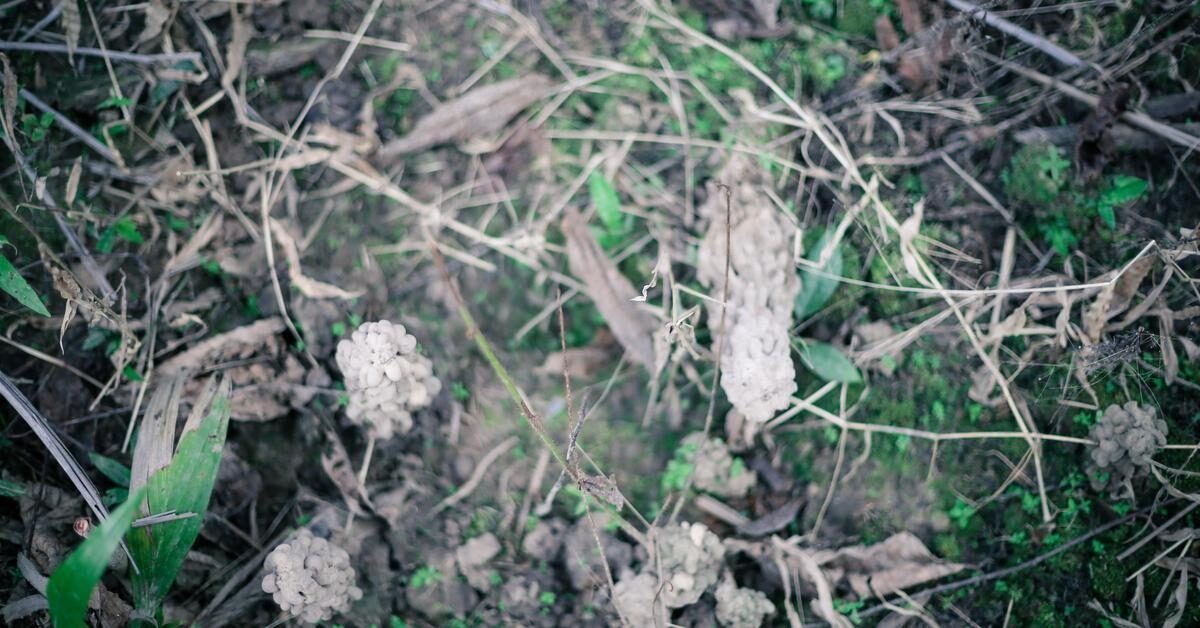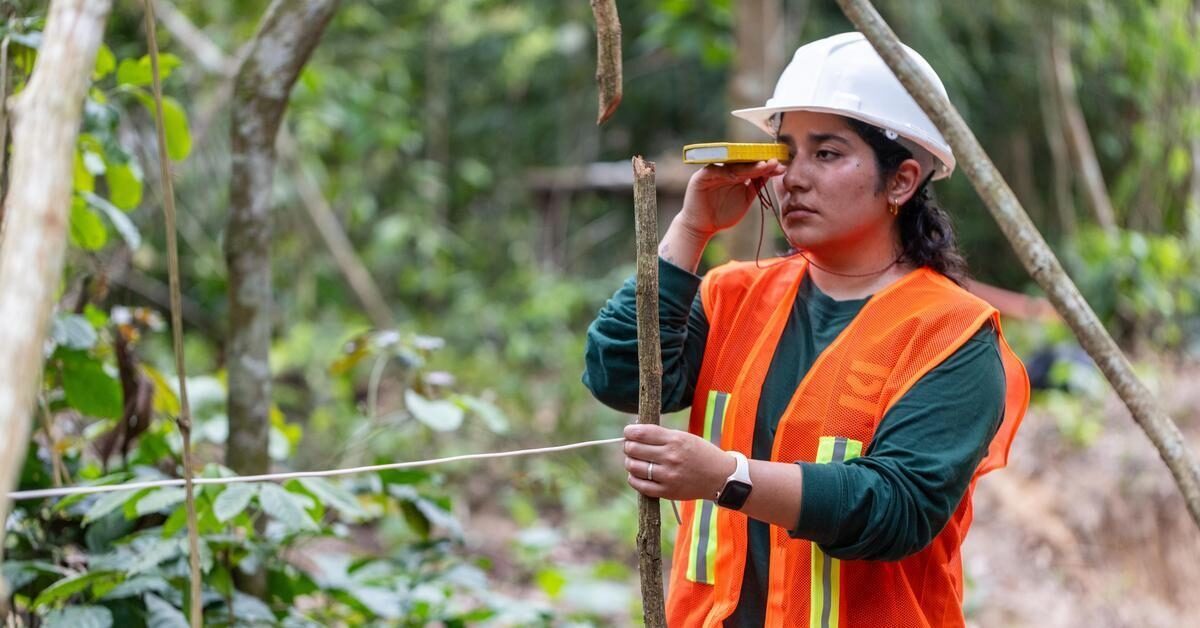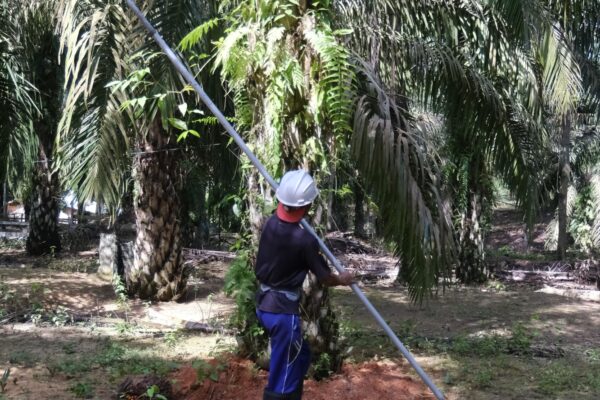Earthworm Foundation and Airbus launched Starling in 2016. The mission was ambitious: to create a single, credible system that holds global companies accountable for their 'No Deforestation' pledges.
Starling is a geospatial solution designed to monitor and assess deforestation risks. The co-development successfully married Airbus's cutting-edge space technology (utilising resolutions down to 30cm via satellites like Pléiades Neo) with Earthworm Foundation's on-the-ground expertise and commitment to human-centric change.
Over the past decade, Starling has monitored 5.8 million square kilometres of forest across more than 40 countries. What the data showed was clear: deforestation is not a fixed threat, but a shifting landscape of pressures and possibilities. This understanding has pushed us and our partners to evolve, from using monitoring as a tool for transparency to building an integrated platform that supports compliance, drives climate action, and helps protect ecosystems.
Here are five major trends uncovered by Starling, and how Earthworm Foundation is responding to each.
Trend 1:

The Shift 1:
Initial efforts focused on large-scale clearing.
Over time, as corporate commitments curtailed major industrial clearance, the dominant form of forest loss shifted to small-scale, sporadic forest degradation, often driven by smallholder farmers.
The challenge became one of detection accuracy, particularly in dense forest canopies. Starling's 2023 global accuracy assessment validated this success, confirming that more than 90% of all forest cover changes detected were accurate.
Earthworm's Pivot 1:
Innovation via a landscape approach and fair data
The Innovation:
Starling utilises very high-resolution data and customised algorithms to identify subtle changes in canopy structure, which is essential for early detection.
Michael Chemouny, Vice-President Geospatial Business at Airbus Defence and Space, noted that this allowed Starling to "quickly detect and combat illegal activities," enabling ground intervention that resulted in the preservation of an impressive 38,968 hectares of land.
Current Relevance (Cameroon):
The ability to detect these subtle understory disturbances is now critical in regions like Cameroon. As a new cocoa deforestation hotspot, Cameroon has lost significant forest cover since 2020. This clearance is often driven by smallholders living below the poverty line. To address this, Starling provides the precise, hyper-local monitoring required. Earthworm Foundation uses this data to strengthen cooperatives and provide smallholders with "deforestation risk data" for maintaining sustainable market access.
To address this trend, Starling developed methodologies to detect understory disturbance. The successful pilot in the Cavally Forest Reserve Landscape, Côte d'Ivoire, demonstrates this pivot:
Through partnerships, such as the one with Fairtrade International, Earthworm is now utilising this data to strengthen cooperatives and directly provide smallholders with "deforestation risk data" to help maintain market access.

The Shift 2:
The team discovered that receiving a timely deforestation alert did not automatically trigger action.
The challenge wasn't technology; it was the translation gap between a satellite alert and the necessary corporate response, such as engaging suppliers or addressing social grievances.
Earthworm's pivot 2:
Action management and local proximity
Integrated Approach:
Starling is way more than just a map; it's a risk assessment and actionable data service. Earthworm's expertise translates the satellite intelligence into meaningful insights for proactive supplier engagement. As the foundation notes, their commitment to having the majority of their team members "based in countries where raw materials are produced" ensures that the data is linked to the social and economic root causes on the ground (Source: Earthworm Foundation).
Customer Validation:
Companies like FrieslandCampina explicitly highlight this value.
"Thanks to Starling, FrieslandCampina gains greater visibility into the supply chain and actively responds to high-risk areas. This is enabled by satellite monitoring, direct supplier engagement..."

Earthworm Foundation pivoted to integrate its supply chain expertise directly with the Starling output, acknowledging that "more than just creating an alert is necessary."
The Shift 3:
The fight against deforestation has become mandatory,
driven by major legislation such as the European Deforestation Regulation (EUDR)
Earthworm's pivot 3:
EUDR mandate and verification
EUDR Compliant Features:
Starling offers a comprehensive EUDR analysis that includes: Geospatial validation of production plots, a land cover map compliant with EUDR definitions, and a check of the deforestation status against the EUDR’s binding December 31, 2020, cut-off date. This allows companies to export their EUDR results to complete their Due Diligence.
Expanding Raw Materials:
Starling provides this verified solution to analyze the risk of non-compliance across most EUDR commodities, including palm oil, cocoa, coffee, natural rubber, and pulp & paper, with work ongoing for others (sugarcane). The platform provides the plot-level traceability required for EUDR compliance, and further supports clients in achieving the ambitious goal of 100% supply chain traceability to the mill or plantation, which is essential for robust DCF policies and supply chain risk management.

The Shifts 4 & 5:
The focus is expanding beyond preventing deforestation.
The focus shifted to eliminating "conversion" and verifying restoration, linking land use directly to climate and biodiversity goals.
Earthworm Foundation's Pivot 4 & 5:
Net-Zero and landscape projects
Starling has been rigorously adapted to provide verifiable evidence required for market access under the European Union Deforestation Regulation (EUDR).
Non-Forest Ecosystems:
Starling's methodology is expanding to monitor the conversion of non-forest natural ecosystems (e.g., grasslands, the Brazilian Cerrado), fully implementing the "No Conversion" element of DCF policies. More than just monitoring, Starling is leading innovation in risk assessment methodologies for these complex landscapes, particularly for commodities like soy and sugarcane.
By monitoring over 5.8 million square kilometres of forest, the Starling partnership has shown what’s possible when technology meets human insight. Together, they’re helping transform monitoring from a compliance exercise into a catalyst for regeneration.
Carbon and Restoration:
The platform now explicitly supports Carbon accounting (via partnerships) and Forest conservation & Tree planting.

Airbus's Michael Chemouny stated that the vision is to;
...delve deeper into assessing biomass and its carbon storage potential, and expand the focus on reforestation activities, preparing Starling to support corporate net-zero commitments and Scope 3 GHG accounting standards.


